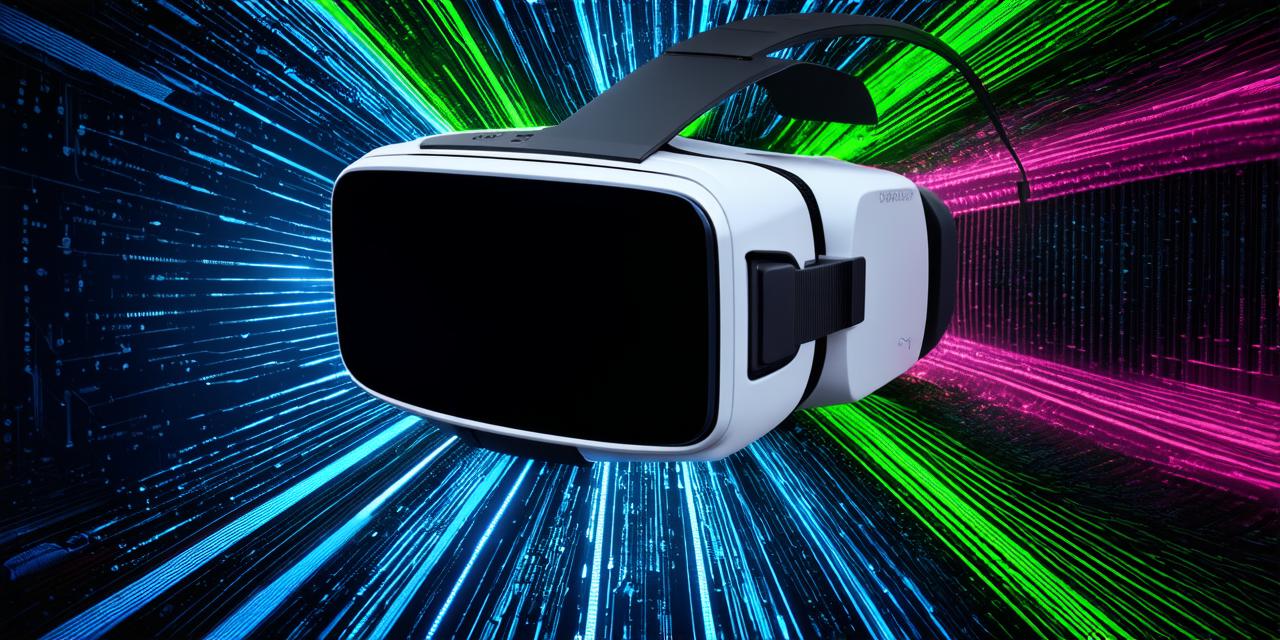Introduction

In today’s digital age, virtual reality (VR) has emerged as a powerful tool for enhancing communication and collaboration. This article will delve into one method for conducting meetings using VR technology, providing a detailed explanation for readers to fully understand the process.
Setting Up Your Virtual Reality Environment
- Hardware Requirements: To participate in a VR meeting, you’ll need a VR headset compatible with your chosen platform (e.g., Oculus Rift, HTC Vive, or PlayStation VR). Additionally, ensure that your computer meets the minimum system requirements for the VR software you plan to use.
- Software Selection: Choose a VR meeting platform that suits your needs. Examples include Spatial, VirBELA, and Mozilla Hubs. These platforms offer immersive virtual environments where users can interact in real-time.
Preparing for the Meeting
Test Your Setup: Before the meeting, ensure that your VR headset, controllers, and computer are functioning correctly. Familiarize yourself with the software interface to avoid any technical issues during the meeting.
Invite Participants: Send invitations to participants, including a link to join the virtual meeting room and any necessary setup instructions.
Conducting the Meeting
Joining the Meeting: Follow the provided link to enter the virtual meeting room. Customize your avatar to represent yourself in the virtual environment.
Navigating the Space: Use your VR controllers or keyboard shortcuts to move around the virtual space, interact with objects, and communicate with other participants.
Presenting Information: Share presentations, documents, or web pages by casting your screen within the virtual environment for all participants to view.
Collaborative Work: Collaborate on projects in real-time using shared whiteboards, 3D models, or other collaborative tools provided by the VR platform.
Communication: Communicate with other participants through voice chat, text chat, or gestures. Some platforms also offer video chat options for added realism.
Breakout Sessions: If necessary, split into smaller groups for focused discussions using breakout rooms within the virtual environment.
Post-Meeting Considerations
Follow-up: After the meeting, send a summary or action items to participants for clarity and accountability.
Feedback: Solicit feedback from participants about their experience in the VR meeting to identify areas for improvement.
Conclusion
Virtual reality meetings offer an immersive and engaging way to collaborate with colleagues, regardless of geographical location. By following this guide, you can successfully conduct a VR meeting using one of many available platforms. As technology continues to evolve, so too will the capabilities of virtual reality meetings, making remote collaboration more efficient and enjoyable than ever before.




